Back to Courses

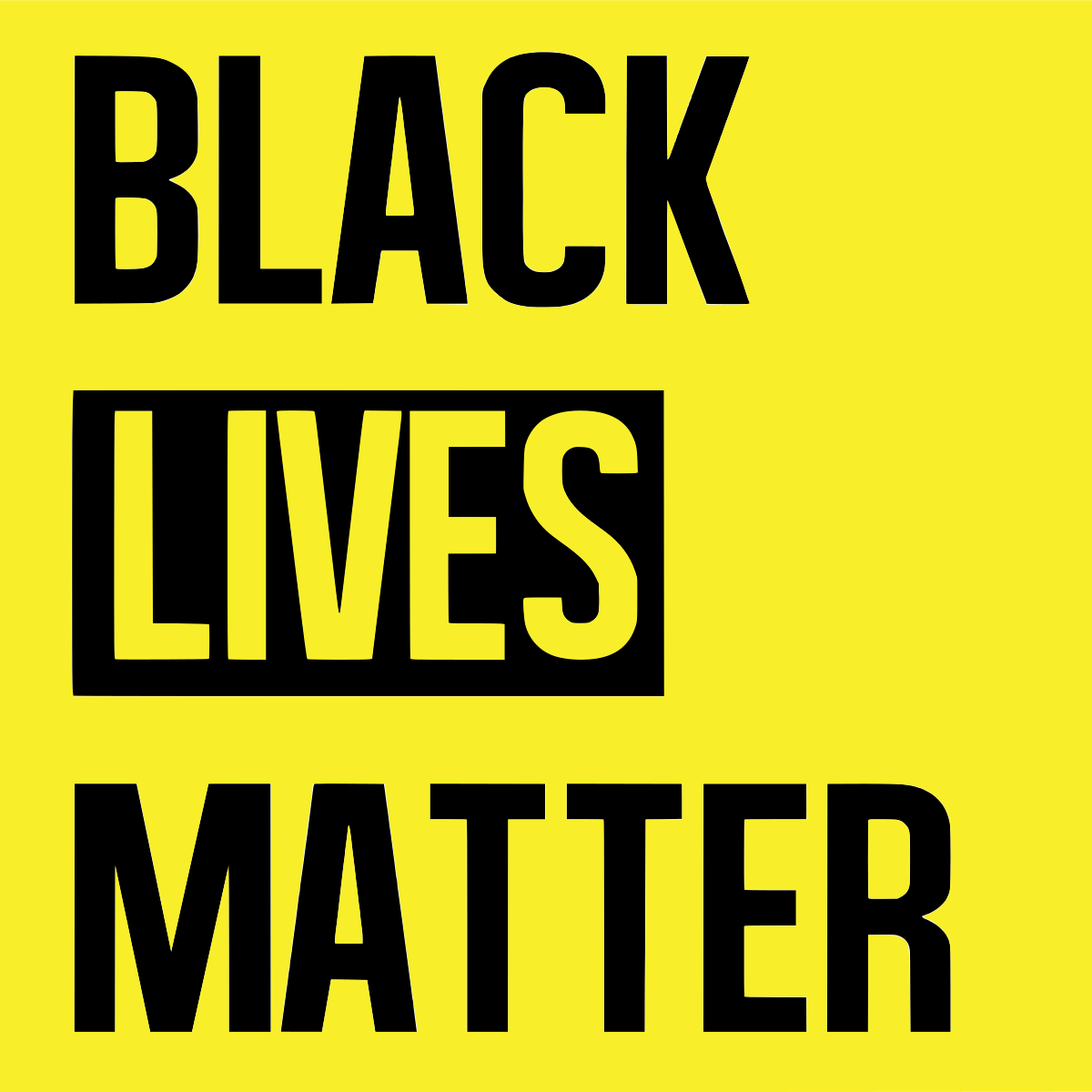
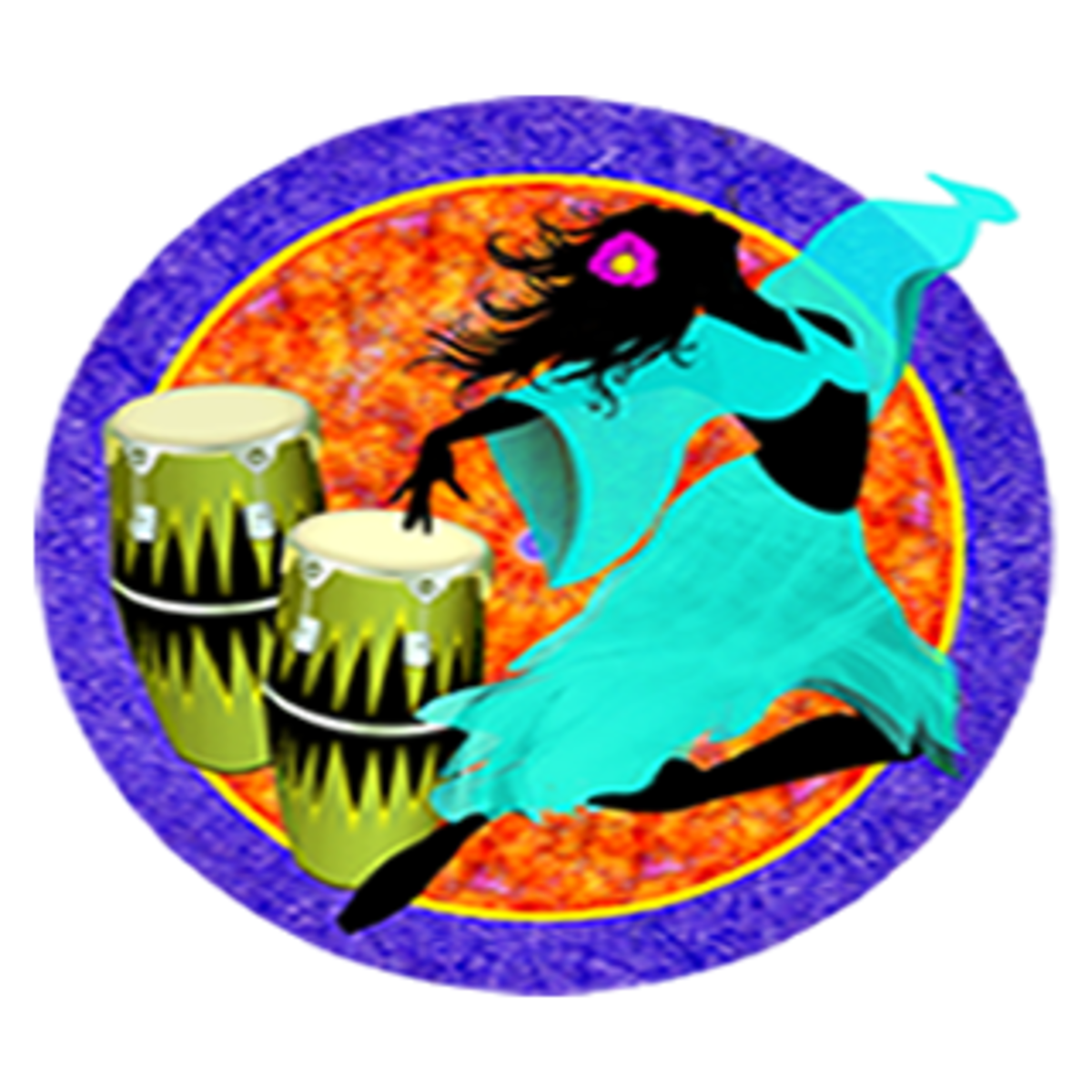


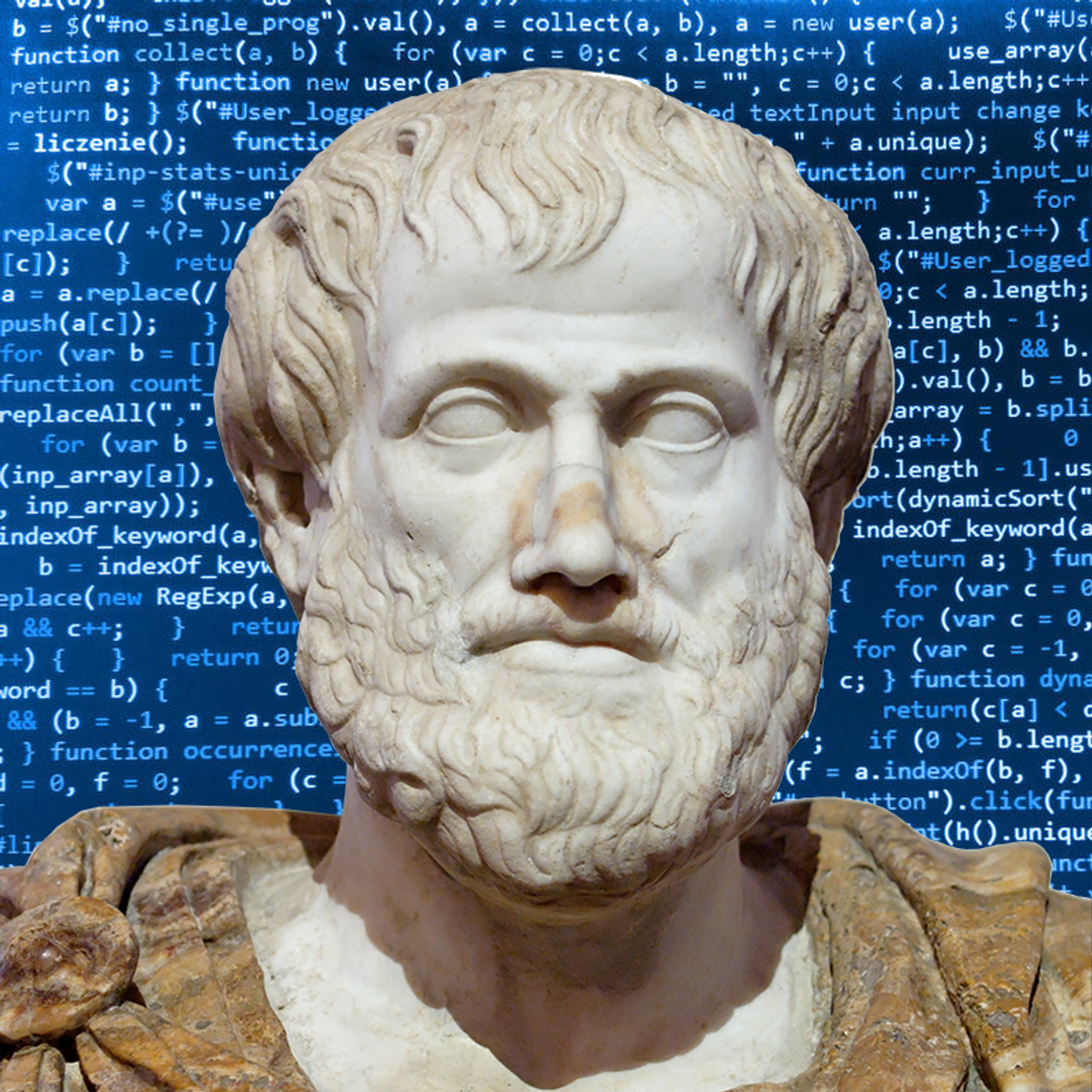
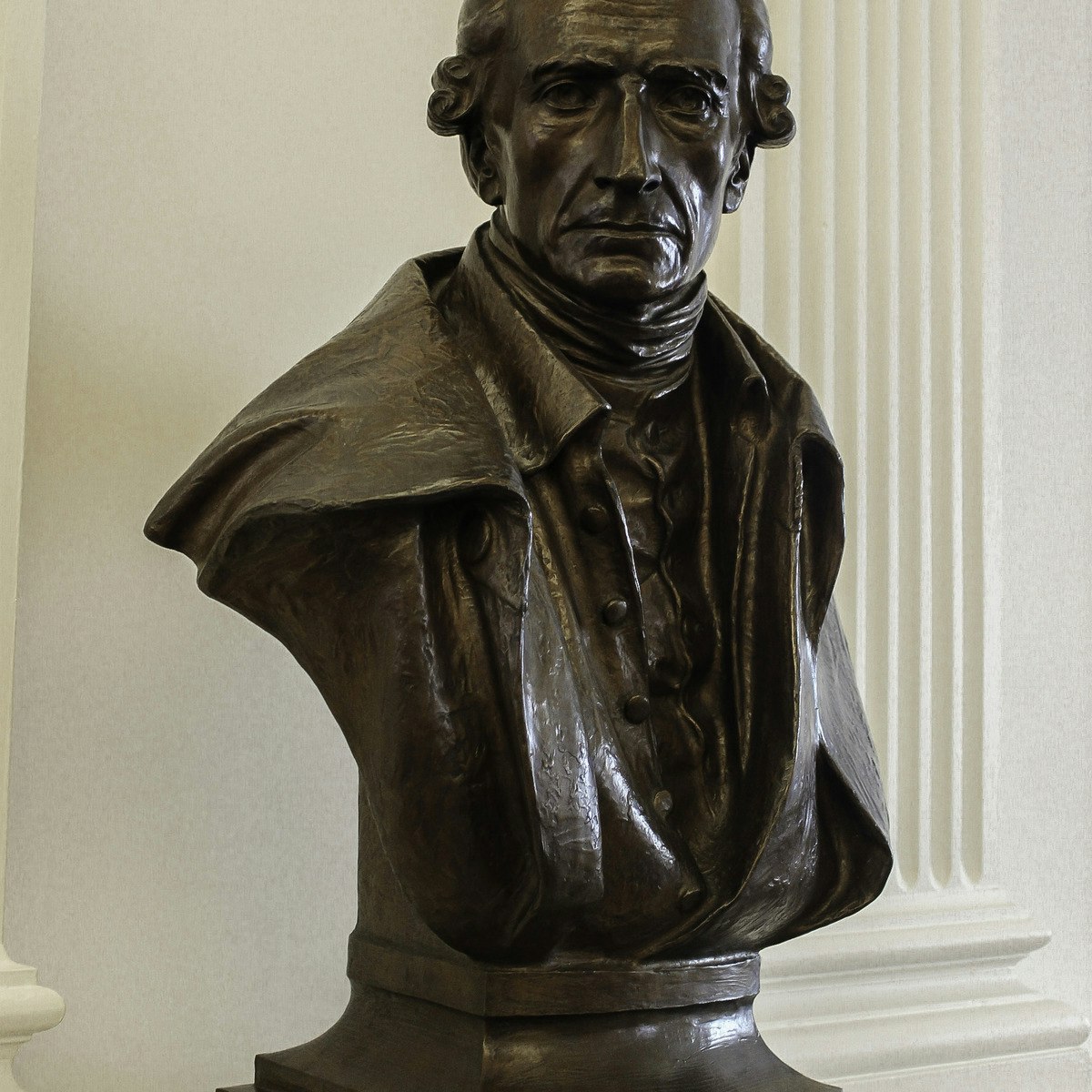

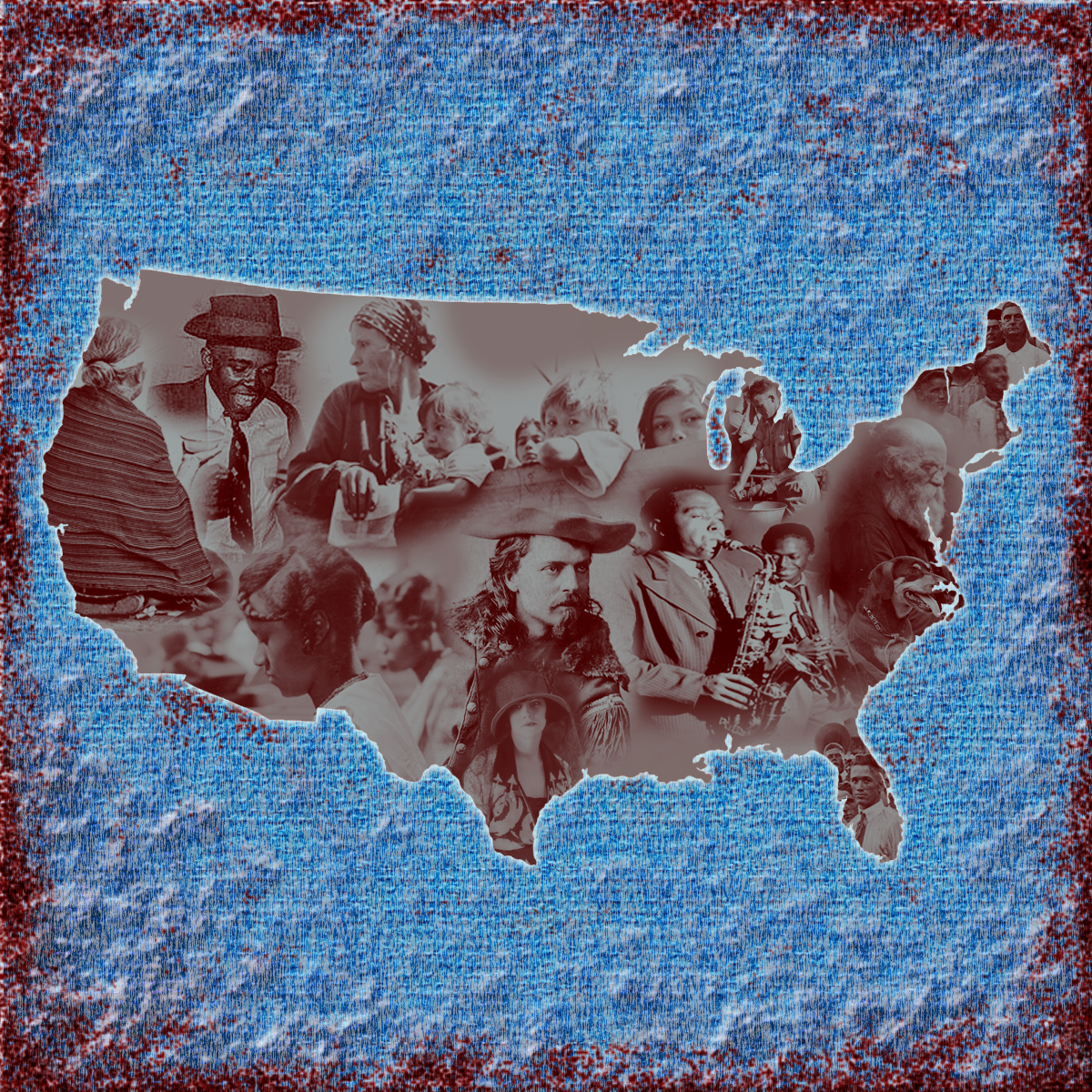
Arts And Humanities Courses - Page 27
Showing results 261-270 of 464

Adding Special Effects in Adobe Photoshop
Adobe Photoshop can be used to create wondrous works of art. Its tools allow a skilled artist to blend the boundaries of reality and art with the strokes of a brush, or lines of a pencil. In this lesson, you will learn to augment the use of these basic tools through the implementation of special effects. From drop shadows, to outer glows, a whole universe of artistic variation is about to become unlocked; and it’s waiting just for you.

Create a text adventure game with Ink
In this 1-hour long project-based course, you will learn how to develop a text adventure game with Ink, the fundamentals of this narrative scripting language, creating dynamic content for a fully interactive text-based adventure with illustrations.
Note: This course works best for learners who are based in the North America region. We’re currently working on providing the same experience in other regions.

Black Lives Matter
The #BlackLivesMatter movement is the most significant political movement in African American life in the United States in the last fifty years. BLM leaders denounced anti-black racism, white supremacy, and police brutality and reshaped how we think about gender, sexuality, social justice, economic injustice, and crime. The movement is grounded in a long history of African American activism. From slave revolts to the Black Panther Party, from the founding of the Congressional Black Caucus, to the eruption of the #BLM Movements, this course is an interdisciplinary and historical exploration of the BlackLivesMatter movement.

Healing with the Arts
Through art projects—including visual arts, dance, writing, and music—along with spiritual practices and guided imagery, Healing With the Arts gives you the tools to heal what you need to heal in your life: physical, mental, emotional, and spiritual.

Reimagining Blackness and Architecture
Architecture structures our daily lives. It shapes our homes, streets, neighborhoods, cities and more. But who gets to create and occupy these spaces? In the United States, a long history of anti-Black racism has created spatial inequalities that are built into the physical environment and erased the stories of Black architects and communities.
Reimagining Blackness and Architecture explores the relationship between architecture and Blackness as an identity and a lived experience. You’ll hear directly from Black artists, architects, scholars, and writers who reimagine their surroundings and highlight the ways Black makers have changed the world. You’ll see how architects are working to transform American cities into more equitable places using everything from textiles, hip hop, and fiction to spices and spaceships. And you’ll hear from an international range of artists, who create spaces for their communities and make visible the stories of Black life in their work.
The course is structured around five themes: Imagination, Care, Knowledge, Refusal, and Liberation. Each week, through original films, audio interviews, and readings, you’ll expand your understanding of architecture as a practice that reaches across time, place, and form. Creative activities and prompts for reflection will encourage you to consider your own role in shaping your communities.
Course image credit:
Dawoud Bey. A Couple at a Main Street Bus Stop, Rochester, NY. 1989. Gelatin silver print, 11 7/16 × 22 1/16" (29.1 × 56 cm). The Museum of Modern Art, New York. Acquired through the generosity of Ruth Nordenbrook. © 2021 Dawoud Bey

History of Rock, Part Two
This course, part 2 of a 2-course sequence, examines the history of rock, primarily as it unfolded in the United States, from the early 1970s to the early 1990s. This course covers the music of Led Zeppelin, the Allman Brothers, Carole King, Bob Marley, the Sex Pistols, Donna Summer, Michael Jackson, Madonna, Prince, Metallica, Run-DMC, and Nirvana, and many more artists, with an emphasis both on cultural context and on the music itself. We will also explore how developments in the music business and in technology helped shape the ways in which styles developed.
Emerging out of the experimental and ambitious years of late-60s psychedelia, rock splintered into a variety of styles in the 1970s as the music business continued to expand. By the end of the decade, punk and disco had challenged the excesses of the hippie aesthetic, as rock became more commercially streamlined and radio friendly. The emergence and rise of MTV transformed pop music and propelled the careers of Michael jackson and Madonna, while heavy metal and hip hop dominated the late 1980s. Nirvana leads alt-rock's return to simplicity in the early 1990s.

Ethical Issues in Data Science
Computing applications involving large amounts of data – the domain of data science – impact the lives of most people in the U.S. and the world. These impacts include recommendations made to us by internet-based systems, information that is available about us online, techniques that are used for security and surveillance, data that is used in health care, and many more. In many cases, they are affected by techniques in artificial intelligence and machine learning.
This course examines some of the ethical issues related to data science, with the fundamental objective of making data science professionals aware of and sensitive to ethical considerations that may arise in their careers. It does this through a combination of discussion of ethical frameworks, examination of a variety of data science applications that lead to ethical considerations, reading current media and scholarly articles, and drawing upon the perspectives and experiences of fellow students and computing professionals.
Ethical Issues in Data Science can be taken for academic credit as part of CU Boulder’s Master of Science in Data Science (MS-DS) degree offered on the Coursera platform. The MS-DS is an interdisciplinary degree that brings together faculty from CU Boulder’s departments of Applied Mathematics, Computer Science, Information Science, and others. With performance-based admissions and no application process, the MS-DS is ideal for individuals with a broad range of undergraduate education and/or professional experience in computer science, information science, mathematics, and statistics. Learn more about the MS-DS program at https://www.coursera.org/degrees/master-of-science-data-science-boulder.

Patrick Henry: Forgotten Founder
“Give me liberty, or give me death:” Remembering Patrick Henry, the Forgotten Founder
Patrick Henry was enormously popular during the American Revolution. Even Thomas Jefferson, who over time developed a deep loathing of Henry (some would say jealousy), had to admit that “it is not now easy to say what we should have done without Patrick Henry.” Edmund Randolph, a patriot leader in his own right, explained that “It was Patrick Henry … awakening the genius of his country, and binding a band of patriots together to hurl defiance at the tyranny of so formidable a nation as Great Britain.”
Yet, today, Patrick Henry is ill-remembered; most Americans might recall at best perhaps a snippet from a famous speech: “give me liberty, or give me death.” The reasons for our historic forgetfulness are several: after the Revolution, Henry chose to oppose ratification of the U.S. Constitution, believing that it created a distant and too-powerful government, and he refused proffered position in George Washington’s administration, diminishing his historic memory. Equally important, Henry died in 1799 shortly after a political campaign in which, at Washington’s behest, he opposed Jefferson’s and James Madison’s ill-advised radical states’ rights attack on the U.S. government, and Jefferson spent the next twenty-six years systematically attacking Henry’s legacy.
Patrick Henry, who helped to ignite a revolution, deserves better. This course will explore how he over¬came challenges to reach the pinnacle of Virginia politics and unite Americans behind a challenge to Britain – the eighteenth century’s super-power, why he opposed the U.S. Constitu¬tion, and why he then came out of retirement to defend the people’s Constitution against the attacks of Jefferson and Madison.
Participants should evaluate Henry’s role in proclaiming a revolution and consider whether he had an equally important role in saving it. The course should also develop an improved appreciation for the complex political, economic, and religious forces that shaped the early republic. As a biographical course, it also demonstrates how personalities play an important role in even the most foundational national history.
Image Attribution:
The background image for this webpage is Patrick Henry before the Virginia House of Burgesses by Peter F. Rothermel (1851) with special thanks to the owner, the Patrick Henry Memorial Foundation. The painting of Patrick Henry's 1765 "Caesar had his Brutus" speech (discussed in the second lecture) is entirely romanticized -- neither Henry nor the House of Burgesses looked at all like this -- but it does show that hagiography of Henry, almost god-like veneration, began shortly after this death.

The Worldview of Thomas Berry: The Flourishing of the Earth Community
Thomas Berry (1914-2009) was a historian of world religions and an early voice awakening moral sensibilities to the environmental crisis. He is known for articulating a “new story” of the universe that explores the implications of the evolutionary sciences and cultural traditions for creating a flourishing future.
This course investigates Berry’s life and thought in relation to the Journey of the Universe project. It draws on his books, articles, and recorded lectures to examine such ideas as: the New Story, the Great Work, and the emerging Ecozoic era. The course explores Berry’s insights into cosmology as a context for locating the human in a dynamic unfolding universe and thus participating in the creative work of our times. In particular, we will examine Berry’s reflections on renewal and reform in the areas of ecology, economics, education, spirituality, and the arts.
Course Rationale:
Thomas Berry was an original, creative, and comprehensive thinker, especially regarding the critical nature of our global environmental crisis. His intellectual importance resides in his response to the ecological crisis by bringing together the humanities and science in an evolutionary narrative. In addition, he articulated the need for the moral participation of the world religions in addressing environmental issues. He came to this realization largely through his study of cosmologies embedded within religious traditions. Sensing the significance of these stories as “functional cosmologies” he explored the widespread influence that these stories transmitted through a tradition, for example, in rituals, ethics, and subsistence practices.

Modern American Poetry
Twelve experienced faculty members from across the United States present their analyses of ground-breaking modern American poets in richly illustrated video lectures.
The course highlights both major poets—from Walt Whitman and Emily Dickinson through T.S. Eliot, H.D., Amy Lowell, Hart Crane, Langston Hughes, Muriel Rukeyser, and many others—and influential movements. The course mixes historical overview with close readings of individual poets and poems. Most courses give only one instructor’s point of view. This one matches the diversity of US poetry with lectures by a score of talented faculty. They bring their special perspective to the material while also presenting a coherent view of more than fifty years of US poetry.
Throughout the course the lectures are illustrated with vivid images of the events, people, and places mentioned in the poems themselves. Readings by both the poets themselves and experienced faculty highlight the texts. On screen displays of text and quotations make it easy to follow the material. This is a course that takes advantage of the medium to bring you sights and sounds that would be difficult to incorporate in classroom lectures.
Popular Internships and Jobs by Categories
Find Jobs & Internships
Browse
© 2024 BoostGrad | All rights reserved